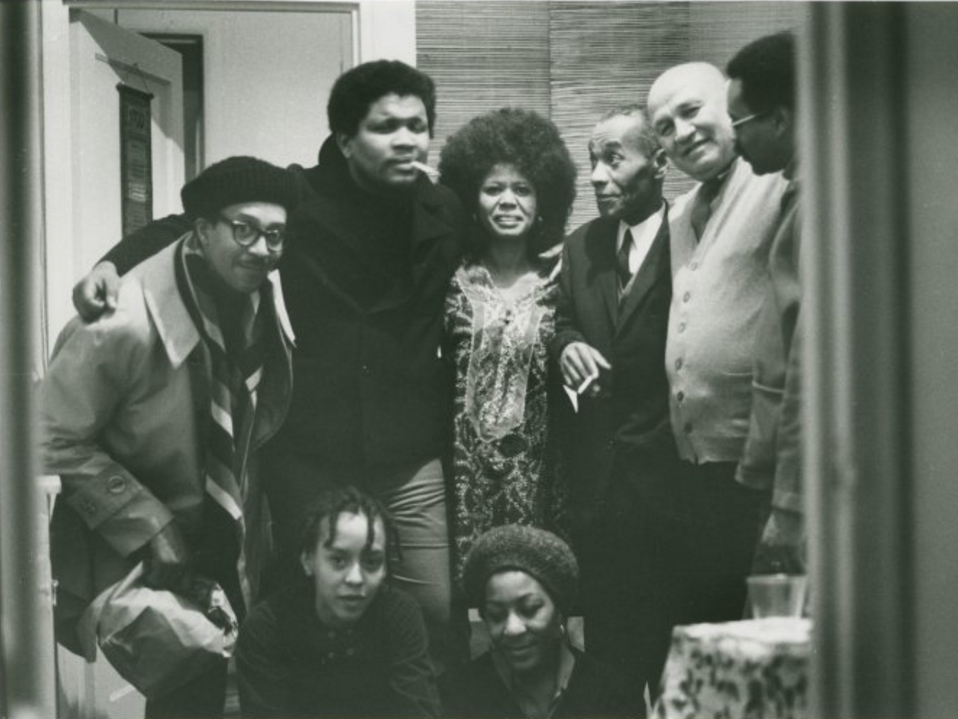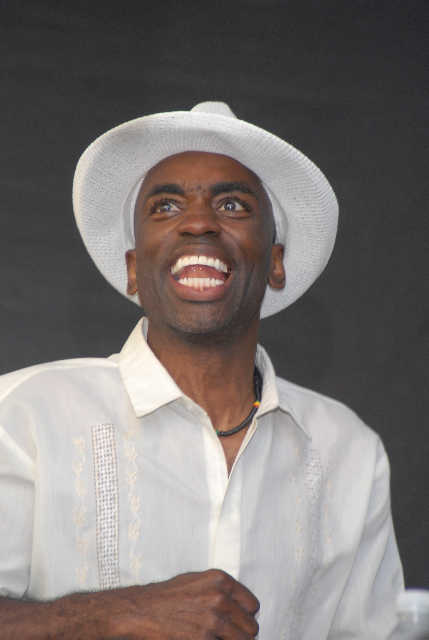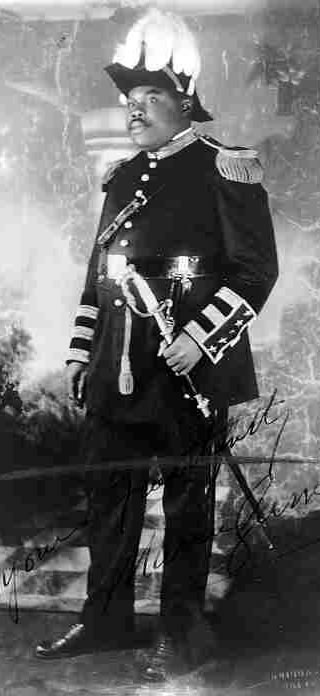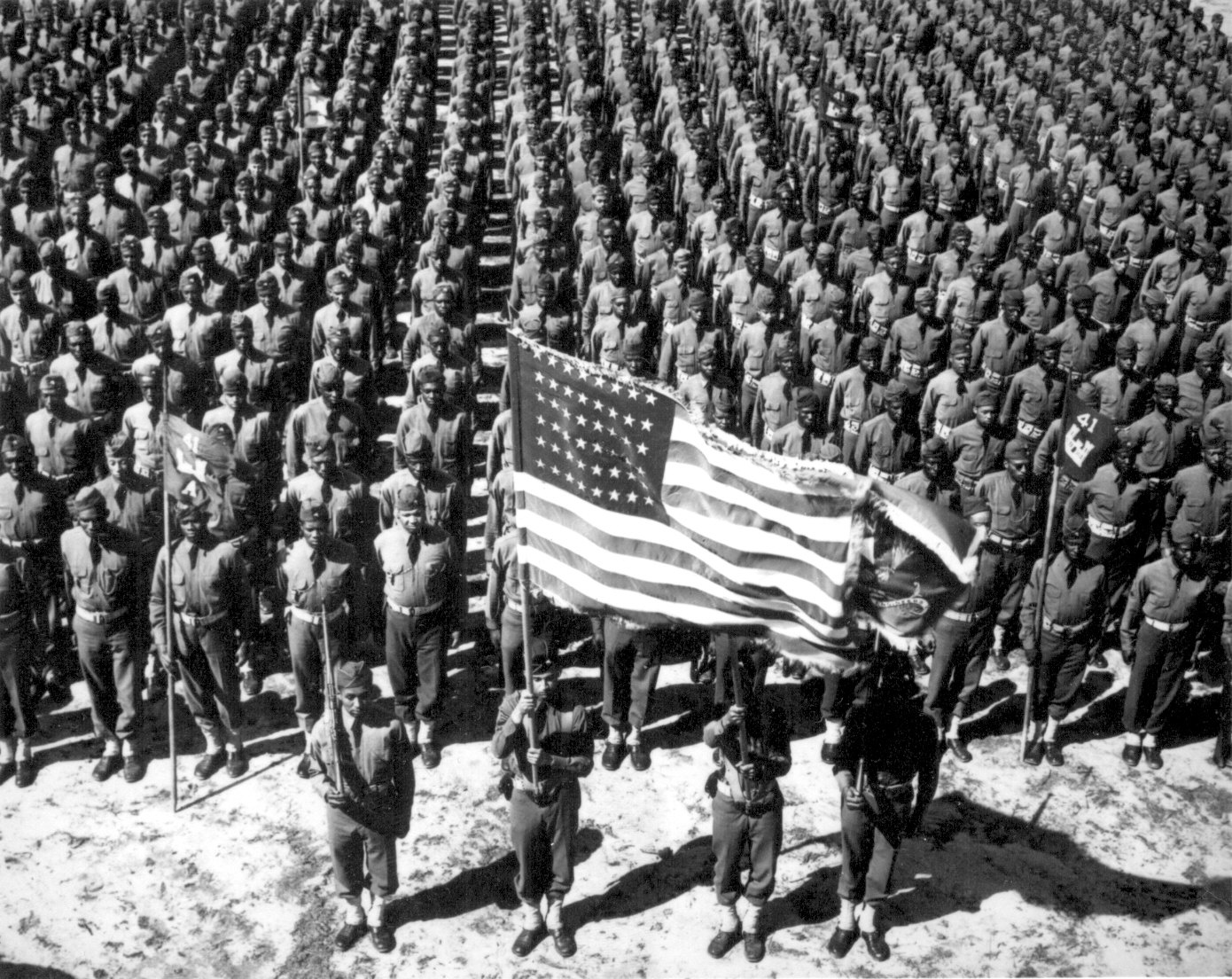When a fool is told a parable, it's meaning must be explained to him.--African proverb
So black man planned and block man planned, but black man was the
best planner. As long as his mind remained clean and sober, he could see
block man coming a mile way.
Parable of the Rats
The rats all have the same gait: they scurry about, back broken by an
abundance of lies, half-truths and disinformation, defamation and other
tactics of rat behavior. Even their facial expressions have a rat like
appearance, so you can see them coming a mile away. You can smell a
funky rat. We suspect the two legged variety even has a tail hidden
inside their pants or underneath their dresses, yes, there are rats of
every gender, every color, class. Some are sewer rats, some are wharf
rats, some are subway rats, church rats, house rats. But their behavior
is the same. They are on the lower level of humankind, these two legged
rats. They can do nothing right. They cannot give justice even with the
scale in view while they weigh goods. They will lie while you look at
them playing with the scale. They will try to convince you the scale
doesn't work while it is their minds that have not evolved to work on
the human level.
There is only one thing to do with such rats: set a trap for them or
feed them poison cheese and watch them puke and vomit until they die.
Better yet, let the cat catch their asses. It is beautiful watching the
cat catch a rat, seeing how still the cat will become while stalking his
prey. But the cat will lie in wait for the rat as long as it takes,
never moving, never batting his eye. And then he leaps upon his prey and
devours him. It is a beautiful sight when when the cat and rat game
reaches the climax and ends with the consumption of the rat by the cat.
--Marvin X
7/15/15
Parable of the No People

No,
no, no! That is all you say. Everything about you is no. Your lips say
no, your eyes, your heart, your mind, your arms, your legs, your feet.
You are a no person. I run from you. You say no to God. I am afraid of
your no touch. I cannot expand my mind around no people. You will kill
my spiritual development. No no no no!
When you say yes to life you
open the world of infinite possibilities. I understand no part of no,
only infinite possibilities. No does not exist in my world, only yes.
Yes to love. Yes to success, yes to hope, yes to truth, yes to
prosperity, yet to divinity, yes to resurrection, yes to ascension, yes
to eternity. I am the language of yes. If you cannot say yes, get away
from me. I run from you, want nothing to do with you. There is no hope
for you until you open your mouth to yes.
Cast away the yes fear.
Let it go, let God. Yes. No matter what, yes. No matter how long, yes.
No matter how hard, yes. Let there be peace in the house, yes. Let there
be love between you and me, yes. Let there be revolution in the land,
over the world, yes. We will try harder, yes, we won't give up, yes. We
shall triumph, yes. Yes is the language of God. Yes is the language of
Divinity, Spirituality.
All the prophets said yes. Adam said yes, Abraham said yes. Moses said yes. Solomon said
yes.Job
said yes. Jeremiah, Isaiah said yes. The lover in Song of Solomon said
yes. David said yes. John and Jesus said yes. Muhammad said yes. Elijah
and Malcolm, Martin and Garvey, Harriet Tubman and Sojourner Truth said
yes. Fannie Lou and Rosa Parks, Betty Shabazz and Coretta Scott said
yes. Mama and daddy said yes. Grandma and grandpa said yes. All the
ancestors said yes. Forevermore, let go of no and say yes. Dance to yes.
Shout to yes!
--Marvin X
Parable of a Real Woman
There was a man who had many women
in his life. They had come and gone, with himself at fault most of the time.
But he wouldn't give up, he continued his self improvement and search for that
special woman. He talked with elder women about what he should do. One told him
he'd never had a real woman! If so, she would still be with him, no matter
what, through thick and thin, up times and down times. Well, he asked, how
would he know when such a woman was in his presence. First, clean
up your own act, she said. Scoop your own poop. Rid yourself of defects of
character. Make amendments to all those you have harmed in life. It takes
humility to do this.
Still, how will I know the real
woman? The older woman answered, you will know because when
she comes over your house and sees something amiss, she will take authority to
correct the situation. If your house is dirty, she will immediately ask if she
can clean it as a favor to you, as an act of love. She will not want any money
for her services. And she will clean your house as it has never been cleaned
before because she knows what she is doing. Yes, she is a pro, not only with house
cleaning but with every thing she does, including her love making.
She will make sure you are satisfied and herself as well.
She will demand respect and will
respect you. She will demand freedom and give you freedom. She will speak in the
language of love so smooth that it will be like a razor cutting to the heart. You will be bleeding
to death but not know you are cut.
You will do what she suggests and
do it willingly because it will not be a demand but a request said so subtle
you won't recognize it for what it actually is: a demand. And you will love
doing what she requests.
When you need space and time to
yourself you won't need to explain, she will pick up the vibe.
And you will do the same for her.
She will not be jealous and envious
of your talent and skills or how handsome you are to other
women. She knows she has you in her pocket because she is confident
of herself, and not worried about some other woman taking her man.
If you are taken by another woman,
it must be the will of God that you go. She knows God will replace her
emptiness with someone even better than you. But she will give you time to get
a grip on yourself and find your way back home. Just don't take too long and
when you come home don't be asking about what she was doing while you were
gone.
A real woman will put her resources
at your disposal if you are worthy of them, as the prophet Muhammad
was treated by the wealthy trade woman Khadijah. There is no selfishness in
love. All is for the beloved, but a wise woman ain't no fool. As the song says,
the greatest thing you will ever do is love and be loved in return.
The man thanked the elder woman
for her wisdom and departed on his search.
from the Wisdom of Plato Negro, parables/fables, Marvin X, Black Bird Press, Berkeley, 2012.
Comment on the Wisdom of Plato
Negro
The Wisdom of Plato Negro is for the forty something up. No
persons who haven't lived a few years can appreciate the things Marvin X says
in The Wisdom of Plato Negro. You need to be at least forty to understand, and
even then, this is not a book to read in one setting, even if it is easy
reading. It is a book to read in a relaxed situation, and then only read one or
two of the parables at a time. They must be carefully
digested, each one.
Think about them, what was the real meaning? Again, if you
haven't lived a few years, there's no way you can appreciate some of the things
he says. For example, the Parable of the Real Woman. A young man who hasn't had
many experiences with women cannot possibly understand this parable. If a woman
comes to his house and cleans it out of love, a young man cannot appreciate
this. He will tell her thanks, then go get a flashy woman who is never going to
clean his house, mainly because she doesn't know how. But the dude will go for her
because she is cute, but the real woman he rejects, the one with common sense
and dignity, who may not be a beauty queen.
--Anon
Parable of the Preacher's Wife
There was a preacher who had a most beautiful wife. She used to come pass Plato Negro's street academy on da corner of 14th and Broadway, downtown Oakland. She was so beautiful Plato Negro had to stop teaching whenever she passed. Her skin was clean and glowing. Her clothes were of fine cloth. Her legs were well shaped, her shoes expensive.
At first she would take Plato's writings home to read. But she came one day to tell him she could not read anymore of his writings because they were not in accord with the Bible, specifically the King James version.
Plato Negro asked her if she knew the history of King James, that he was a pervert, murderer, robber, rapist who gave "his version" of God's word? How could such a devil have a version of God's word? Would you believe John Dillinger's version of the Bible? During the reign of King James kidnapped Africans arrived in North America by way of the Good Ship Jesus, captained by Sir John Hawkins, author of that Christian classic song Amazing Grace. Yes, along with John Hawkins, King James I was among the wretched gang of English slave traders.
The preacher's wife said she didn't care about King James, all she cared about was what Jesus said. How do you know what Jesus said, all you know is what somebody said Jesus said, and we know how people lie? The only time he wrote anything was on the sand. And we know what happens when the tide comes in.
Plato Negro was hurt when she refused to take anymore of his writings. He told her she was too beautiful to be so narrow minded, and that truth was in many books besides the Bible. Didn't Jesus say truth would set you free?
I am free, said the preacher's wife, Jesus set her free and she didn't need to read anything else.
Plato wanted to know how could she be so beautiful, yet so ignorant. She told him some of her history, that she had been a dope fiend on cocaine, had been tossed up by men in the dope house, but Jesus saved her.
You saved yourself, Plato Negro told her. We know God helps those who help themselves. If you take one step He will take ten. When you were ready to stop being a dope fiend, you stopped, Jesus had nothing to do with it! Plato sensed she was leaning on Jesus for a crutch, that there was something still in her soul that was not right and she had more healing to do.
But my husband is a preacher, she said. So what, Plato Negro replied? He has known many wicked preachers, so it was of no value that her husband was a preacher. Every tub must sit on its own bottom.
The preacher's wife was silent for a moment. She seemed to be considering his words. He told her there is only one truth and that if it was true for her, it was true for him. By degrees you shall come to see the truth of my words, he said.
The story of Jesus is a very ancient tale, told in many countries thousands of years before the birth of Jesus. We know at least sixteen crucified saviors, all had a virgin birth, stars were seen in the sky when they were born, wise men came to visit the baby savior who later taught but was eventually crucified, resurrected and ascended to heaven.
For a moment, Plato Negro saw a light flicker in the head of the preacher's wife. Beautiful woman, he said, go in the name of Jesus, if it is Him whom you serve. Just know there is one mind, one truth, one spiritual energy in the universe and we are all connected to that force, the just and the unjust.
She said goodbye and crossed the street. Plato said to himself, "Cute but psycho!"
--Marvin X
4/1/10
For more information on the Savior myth, see The World's Sixteen Crucified Saviors by Kersey Graves; Anacalypsis, Godfrey Higgins; Man, God and Civilization by John G. Jackson;The Golden Bough by Sir James George Frazer.
from The Wisdom of Plato Negro, Parables/Fables, Marvin X, Black Bird Press, Berkeley Ca., $19.95. Available from Academy of da Corner, 14th and Broadway, downtown Oakland CA.
jmarvinx@yahoo.com






 p
p










 ;
;

 l
l





















